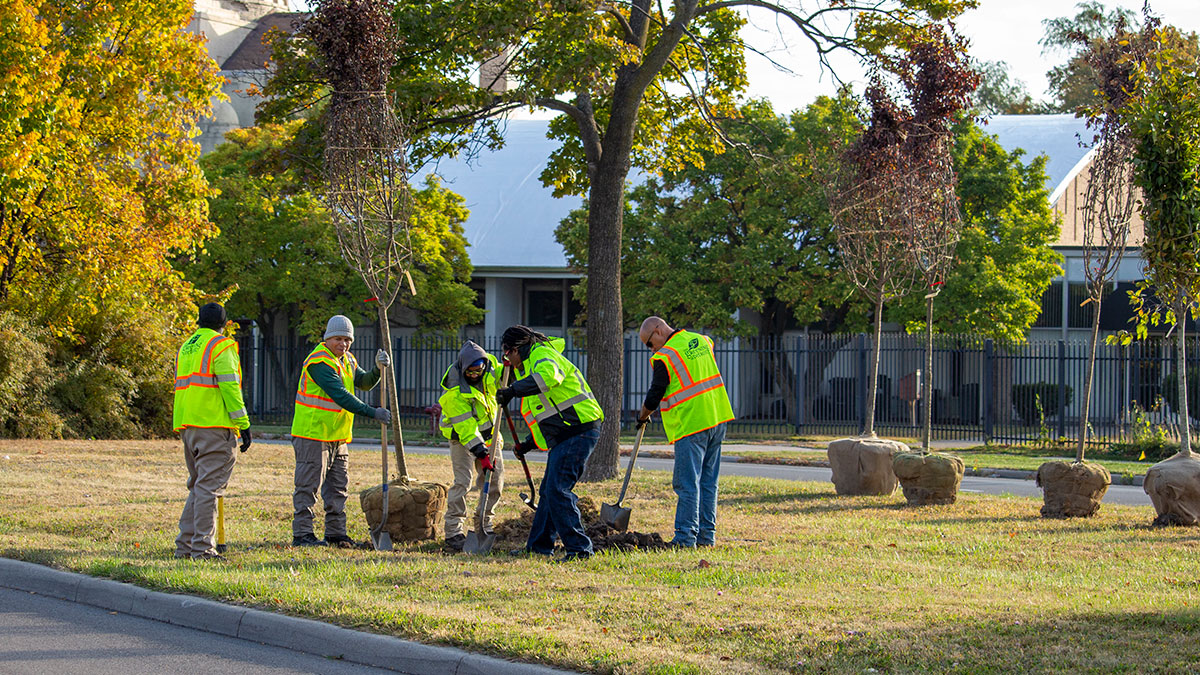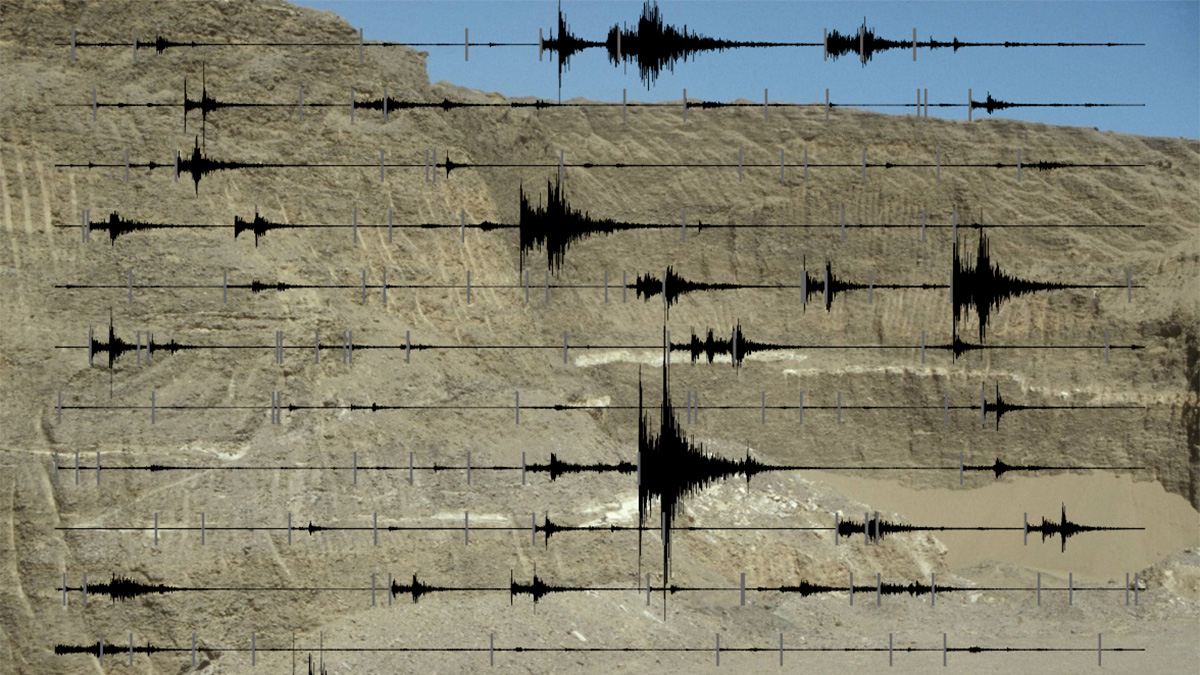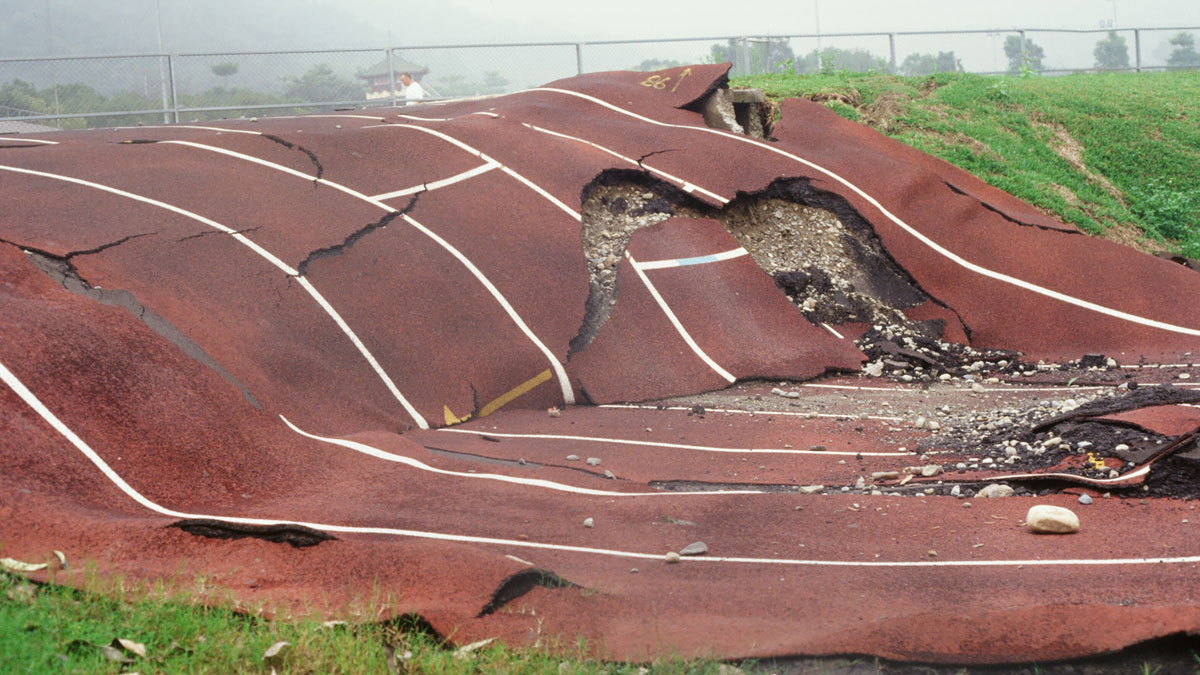U.S. cities are losing some 36 million trees every year, but hardier species can restore their canopies.
Kate Wheeling
Kate Wheeling is a freelance journalist based in Santa Barbara, Calif. She writes about the environment, climate change, energy, and our relationship with the natural world. She was previously a staff writer at Pacific Standard, covering both environmental and criminal justice. Her work has also appeared in Outside, The New Republic, Medium, and elsewhere. She has a master’s degree in science journalism and a bachelor’s in behavioral neuroscience.
The Goldilocks Zone May Be Just Right for Migrating Metals
Researchers identified a gateway that allows metals critical for renewable energy technologies, like copper and gold, to make their way to the surface.
Comparing Machine Learning Models for Earthquake Detection
A new study evaluated the performance of emerging deep learning models for earthquake detection, phase identification, and phase picking.
Recovering Mantle Memories from River Profiles
Researchers use a closed-loop modeling strategy to validate regional uplift patterns recorded in river profiles across the African continent.
Faulting and Folding Signals in Seismic Data
A novel numerical model simulates folding in Earth’s crust throughout the earthquake cycle.
The Far-Reaching Consequences of Wildfire Smoke Plumes
Smoke from wildfires burning in the western United States carries harmful pollutants across the country.
Identifying an Eruption “Tipping Point” in Hot Spot Volcanoes
By analyzing lava samples, researchers show how chemical processes that occur during magma’s ascent to the surface may contribute to a volcano’s eruptible state.
Understanding Tremors Through Tree Rings
Researchers look to carbon isotopes and cell-level wood anatomy to understand how seismic-induced changes in water availability affect tree growth.
Shedding Light on Microbial Communities in Deep Aquifers
Researchers use a packer system to study the microbial communities living in waters sampled from deep, uncontaminated peridotite aquifers.










